This week, the U.S. Department of Agriculture (USDA) confirmed what taxpayers have feared for months. After tallying losses from last year’s drought, the highly subsidized federal crop insurance program will cost at least $14 billion in FY12, shattering 2011’s record cost of $11.3 billion by 25 percent. In the hardest hit states of IL, MO, KS, and IA, insurance payouts far exceeded premiums, meaning that producers in these states received up to $5 back for every $1 they paid into the program. Taking the nation as a whole, crop insurance participants received $3 back for every $1 paid out of their own pockets for a second year in a row. That’s a great deal for agribusinesses, but not for taxpayers.
Other highlights from USDA’s update include:
- 90 percent of indemnity payments went to just four crops: corn (63 percent), soybeans (13 percent), cotton (8 percent), and wheat (6 percent).
- Five states with the highest loss ratios (ratio over 1.0 indicates that loss payments exceeded the total premium dollars paid by farmers and taxpayers—who cover almost two-third the cost of premiums): IL (2.1), MO (2.07), KY (2.06), NE (1.71), and IA (1.52).
- Prior to 2012, IA and IL were the only states where agribusinesses had not gotten at least one dollar in insurance payments back for each dollar in premiums they’d paid over the last 15 years. With the 2012 drought, this is no longer true since huge loss payments pushed these states over the edge. Ag businesses in these states can no longer complain that they don’t “get back what they paid in” even though you don’t pay car insurance every year hoping to get back every dollar you paid in premiums.
- Since producers can receive unlimited subsidies for either yield- or revenue-based policies, insurance payouts can be made even after a bountiful harvest. In fact, last year, 88 percent of all loss payments were paid on revenue policies (which can be triggered due to a loss or crops or price dips) while only 11 percent were paid solely due to yield losses. Producers wouldn’t choose revenue policies if it wasn’t for unlimited taxpayer subsidies.
The cost of the crop insurance program has quadrupled over the past decade – from $3.6 billion in FY03 to $14 billion today. It also continually comes in over-budget. After passage of the 2008 farm bill, the Congressional Budget Office (CBO) projected that crop insurance would cost taxpayers $47 billion over ten years, but the actual cost is on pace to be at least twice as much. This should be sobering news to anyone clamoring for Congress to pass a trillion-dollar farm bill so we can see “savings” of $23 billion. In fact, just the last two years of crop insurance costs will exceed the total ten-year projected savings from the House and Senate Agriculture Committees’ trillion-dollar farm bills. This is a sad plan for deficit reduction.
Federal crop insurance masquerades as a free market program—private crop insurance companies sell and administer policies purchased by farmers and ranchers—but closer inspection reveals a government program. The government approves both the companies that sell crop insurance and the policies that they can sell. Taxpayers also pay private companies for administrative expenses, cover the majority of losses in poor growing years, and subsidize nearly two-thirds of every dollar of insurance coverage to the tune of $7 billion last year.
The explosion in costs of the crop insurance program over the last two years is something taxpayers cannot afford. If we’re going to rein in our trillion-dollar deficits, Congress must start with these kinds of out-of-control programs.
For more background on the federal crop insurance program, click here.


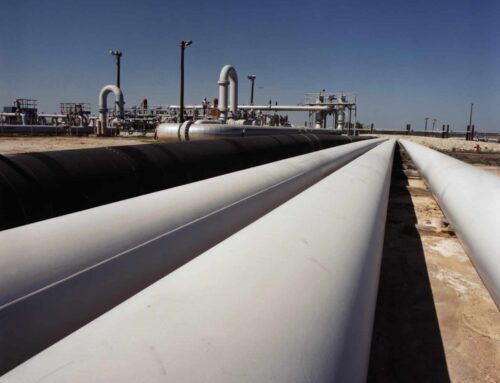
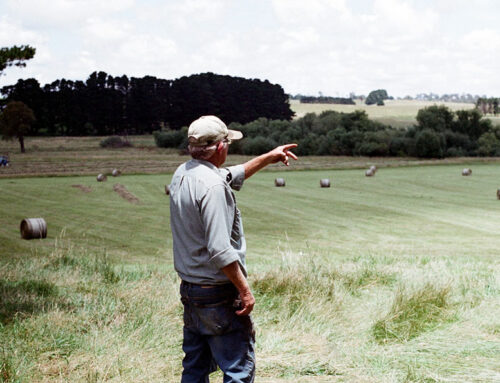

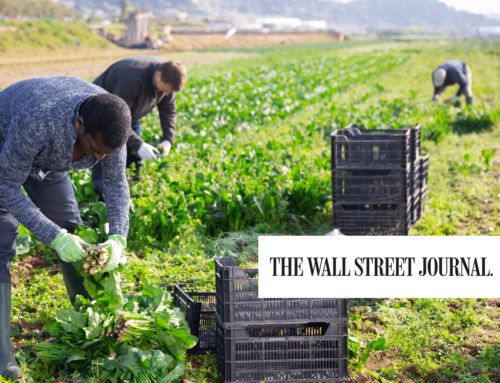
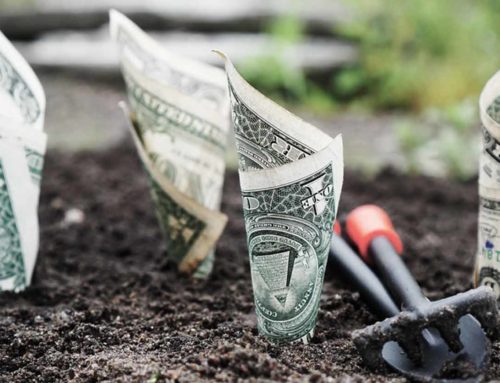

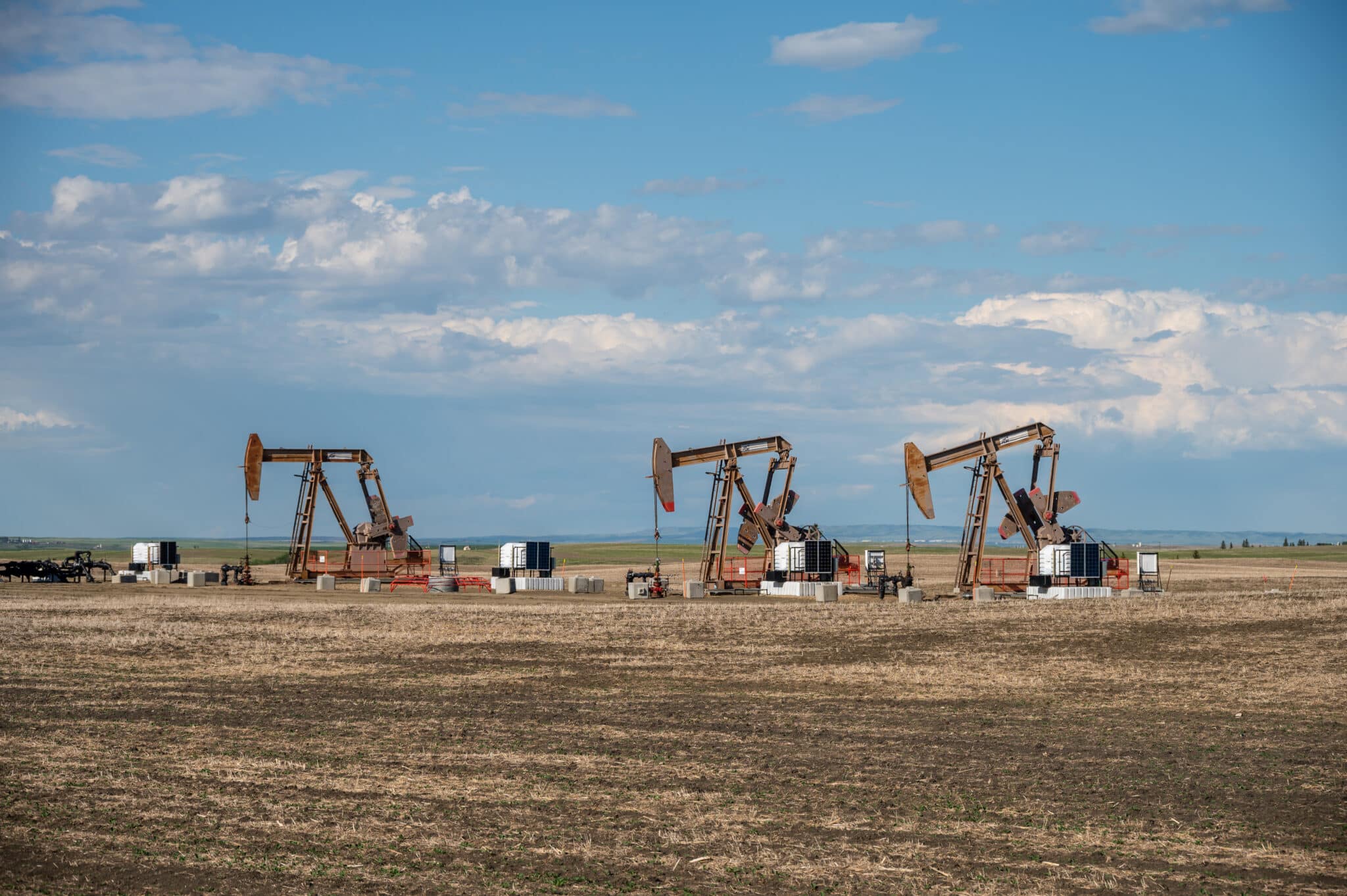
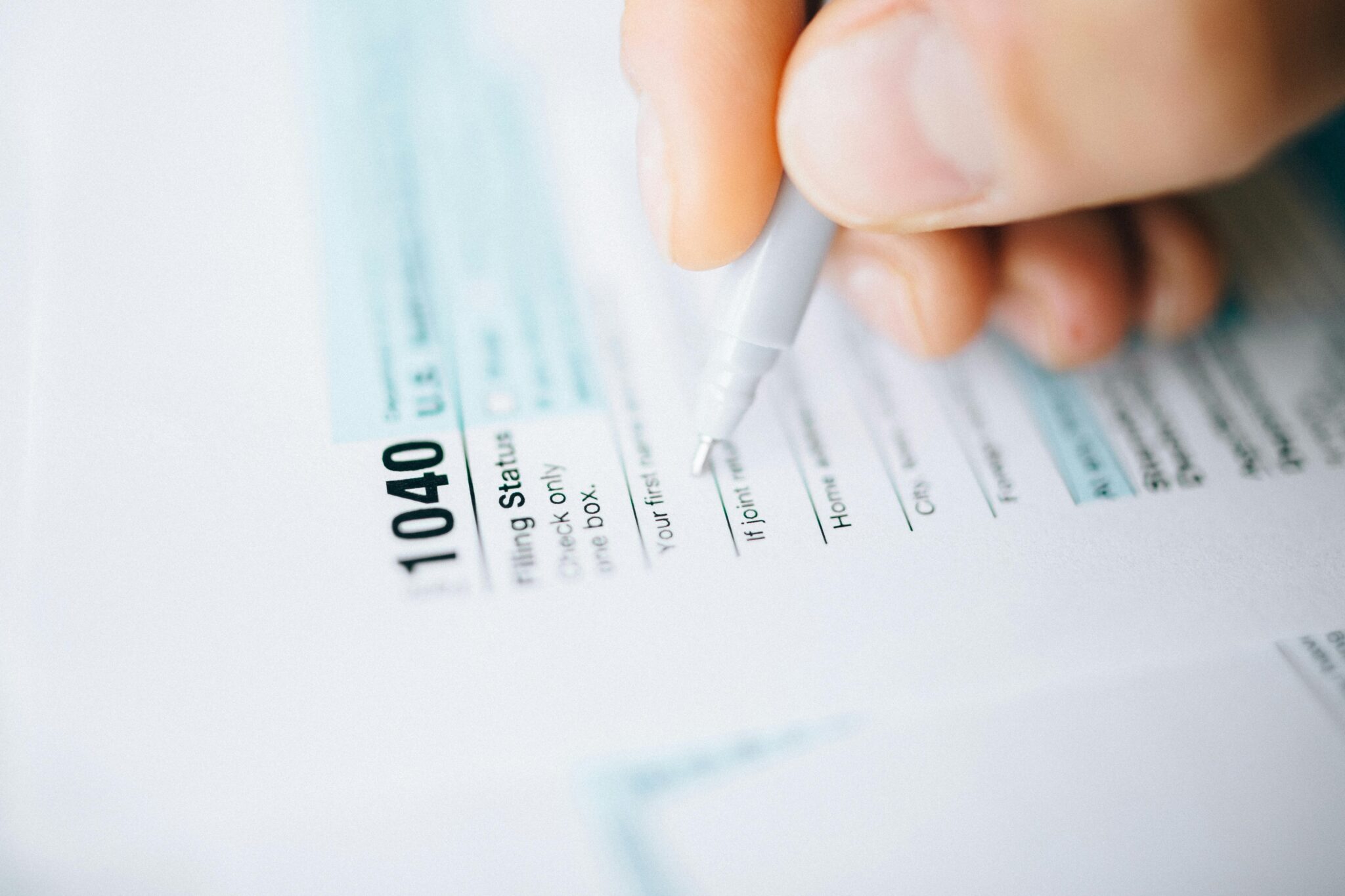

Get Social